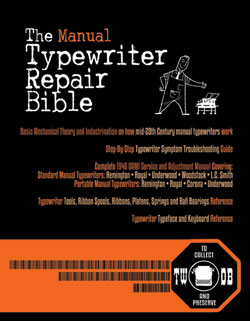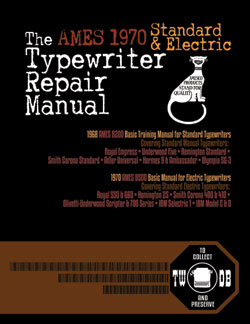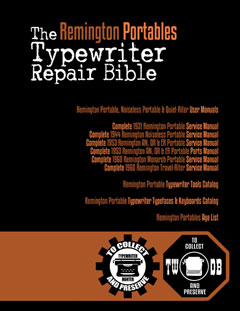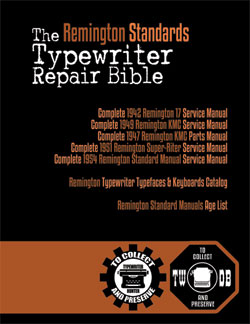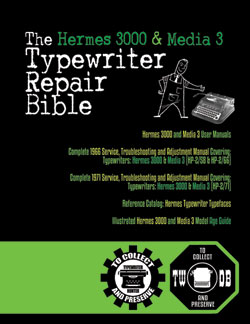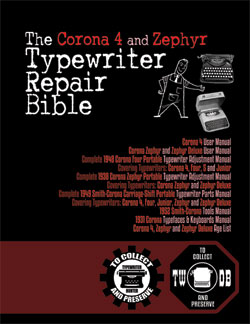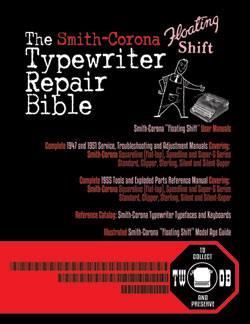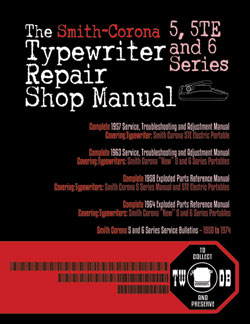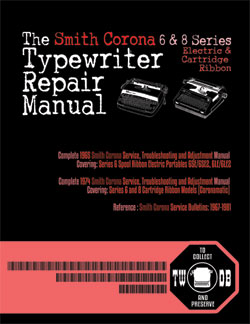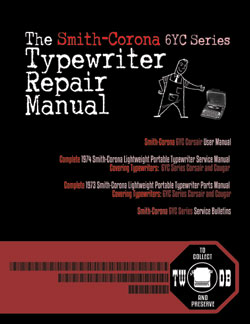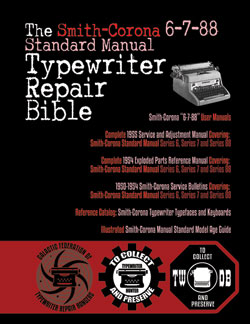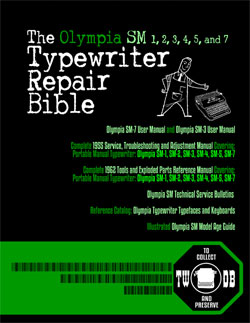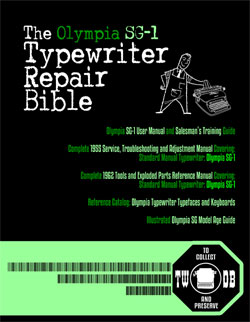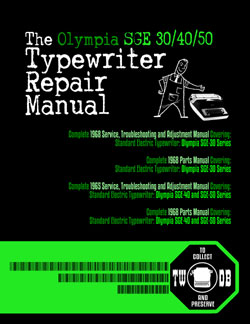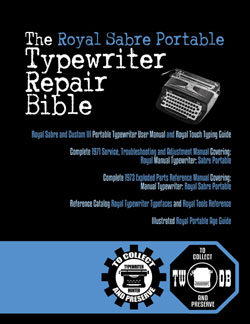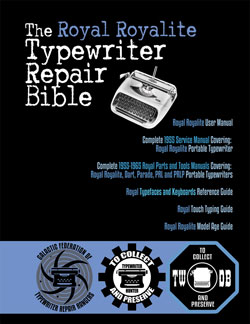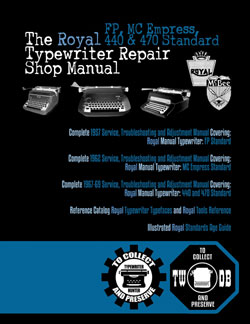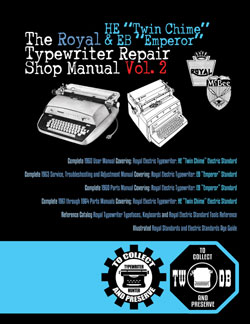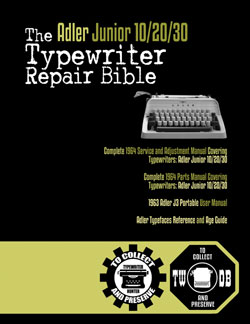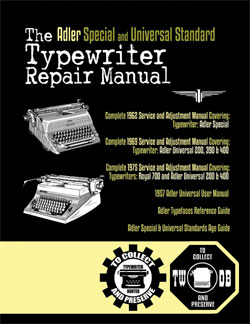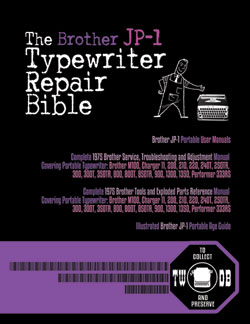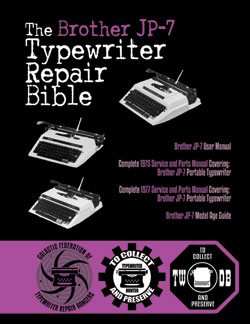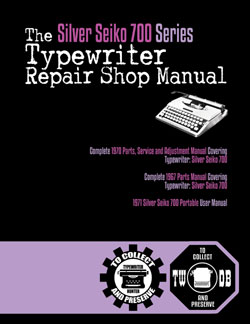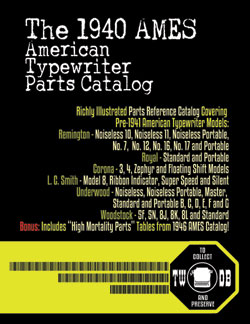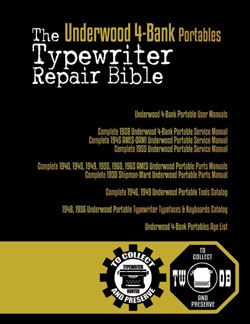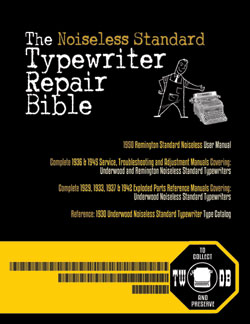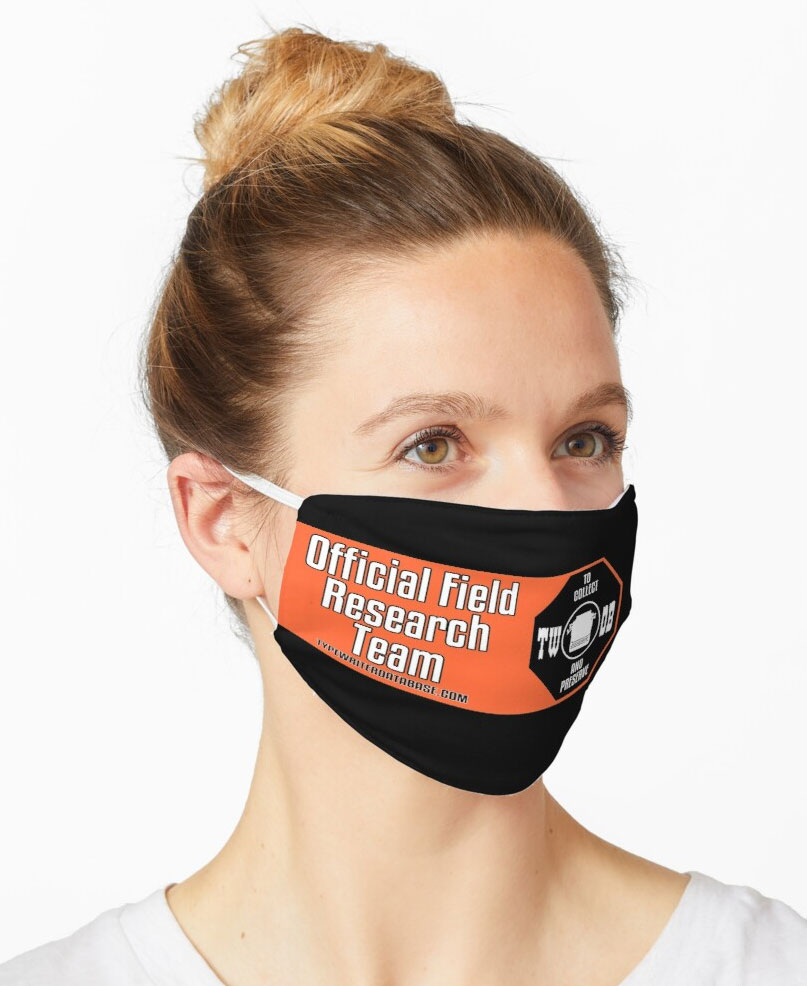1941 Olympia Progress #325121
Status: My Collection
Hunter: Paolo Dal Chiele (pdcox)
Created: 12-22-2019 at 04:57AM
Last Edit: 01-07-2021 at 12:42PM
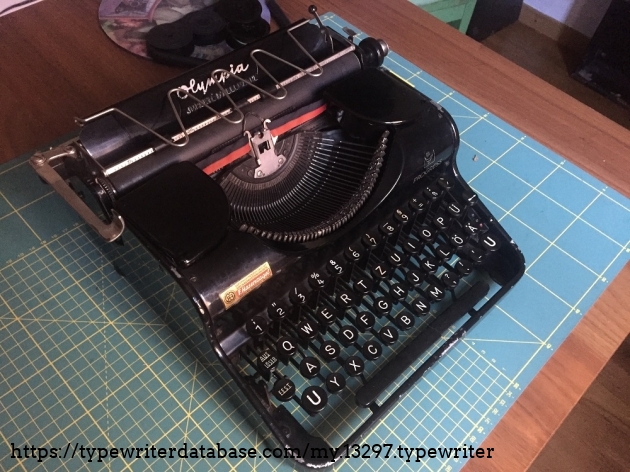
Description:
A good part of the charm that typewriters have on me is the signs that their history has left on them and that refer to the people who used them.
The machines that I keep are not the best preserved, but the ones that have kept the greatest amount of clues about their history.
This Olympia Progress is a significant example.
The facts:
1. The machine was produced in 1941 (s / n 325121).
2. The machine was produced for the German-speaking markets (QWERTZ keyboard).
3. The machine was embossed with the "JmportĂ© dâAllemagne" inscription on the paper guide pan, which indicates that the machine was at some point intended to be exported to a French-speaking country.
4. The machine arrived in Austria, which could have happened in 1941, in which case F. Hazenzagel in Mödling, near Vienna would be the one who sold new, or at a later stage, in which case the Mödling seller would have dealt only with its repair and maintenance.
5. The machine is in very good general conditions: apart from the problems with the broken space bar and the lack of the draw band, for the rest it proves to have been used and, above all, maintained in perfect efficiency and in a professional way (cleaning, lubrication etc.)
6. The box was repaired by a professional, who reinforced both the back and front of the cover with a shaped metal sheet, removing and reassembling both the front lock and the fixing pin of the machine at the base, and then covering the box again so accurately as to make these interventions not evident on a first sight. All this took hours of work.
My reconstruction:
1. The machine was produced in 1941 for the German market. In that year, the machines produced for foreign markets by Olympia had specific keyboards and, as demonstrated by Progress s / n 331705 produced for the Swedish market (thanks Vilhelm Dromberg!), they had the word "Import" on the right side of the paper guide made in silk-screen printing with the same technique used for the brand and model logos. If in 1941 it had originally been destined for the Vichy Republic or the areas of France occupied by Germany, then it would have been more logical that the keyboard had been in French.
2. However, let`s admit that in 1941 a series of machines with a German keyboard had been exported to France, perhaps in the occupied area. But then, why write "JmportĂ© dâAllemagne" with a technique (that we can define primitive) as punching, rather than by printing as it happened in that year for the machines produced by Olympia and destined for foreign markets? The most logical explanation is that the embossed writing was applied after the writing "Olympia".
3. An alternative hypothesis is that the machine was produced for Germany, and that following the Potsdam treaty of August 1945 it was requisitioned and intended to be exported to France as compensation for war damage. In this case, the technique of punching the writing would be justified
4. At this point, we don't know if the Progress was actually exported to France, but probably not. The machine in fact arrived in Austria (where it remained until about a month ago), and where it was reconditioned by F. Hazenzagel, who professionally repaired the box which had been damaged during the probably troubled events it had had until then. The effort and care that was needed would confirm that this would have occurred in a period of shortages of spare parts, probably in the late 1940s, when the German industry was still under reconstruction and the main commitment consisted in repairing rather than replacing.
5. Finally, Progress spent the rest of the time in Austria, where it was used and maintained in perfect efficiency until the breakup of the draw band ended its operational life, while the breakdown of the space bar could have occurred in a subsequent phase, by someone who tried to type on the machine out of order.
Going back to the Progress, it has three problems:
1. Small problems of character alignment, which require slight bending of the type bars.
2. The broken space bar, which can be easily repaired.
3. The absence of the draw band and the fixing element to the spring roller, a more serious problem, which involves the disassembly and opening of the roller to fix the new band. Fortunately, I have a spare draw band (never throw anything away ...).
Typeface Specimen:
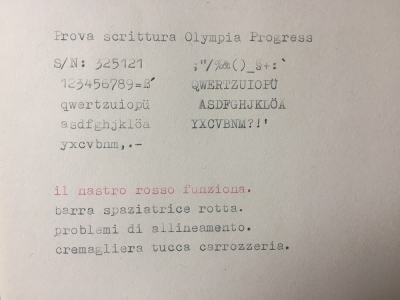
Photos:
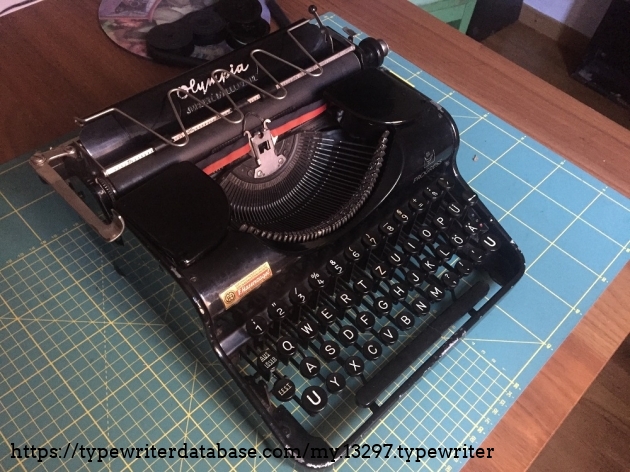
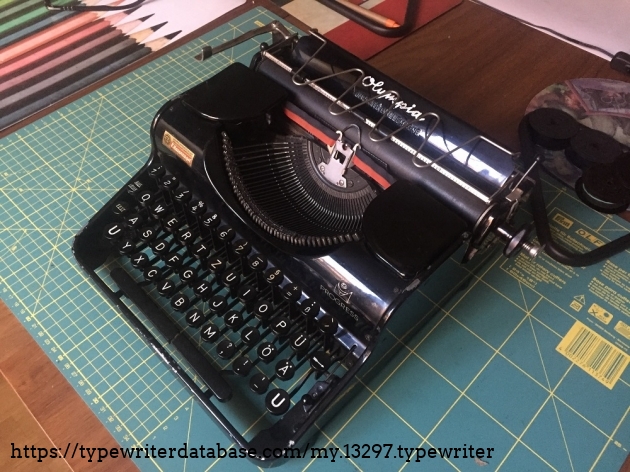
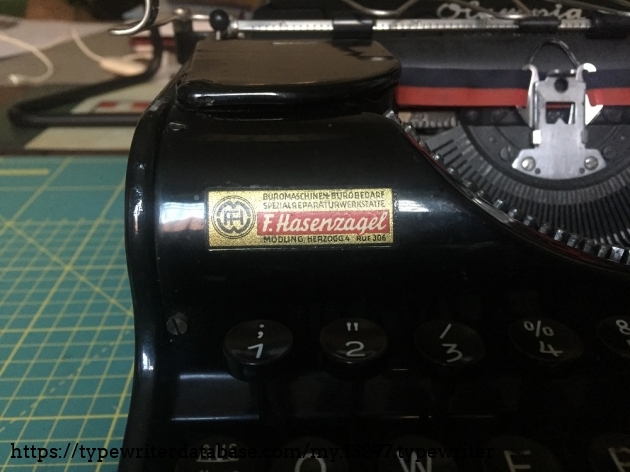
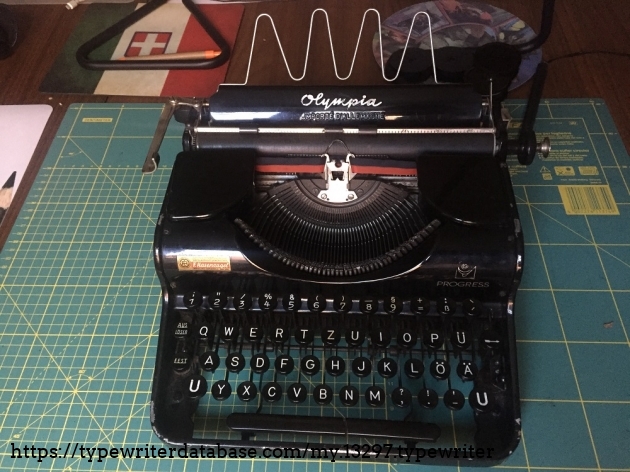
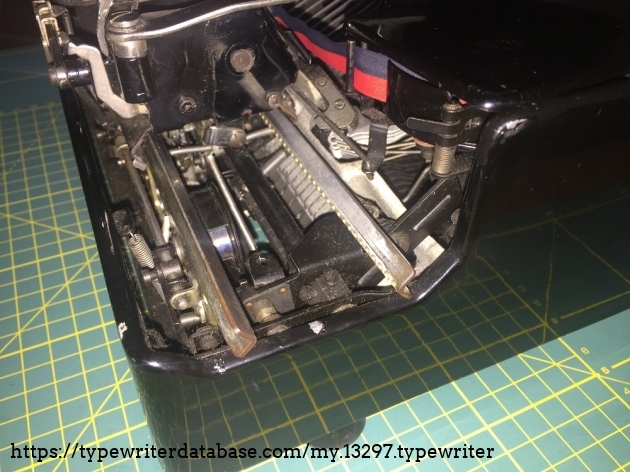
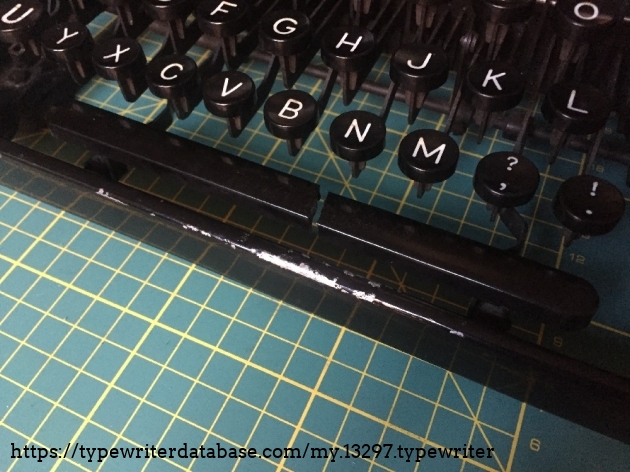
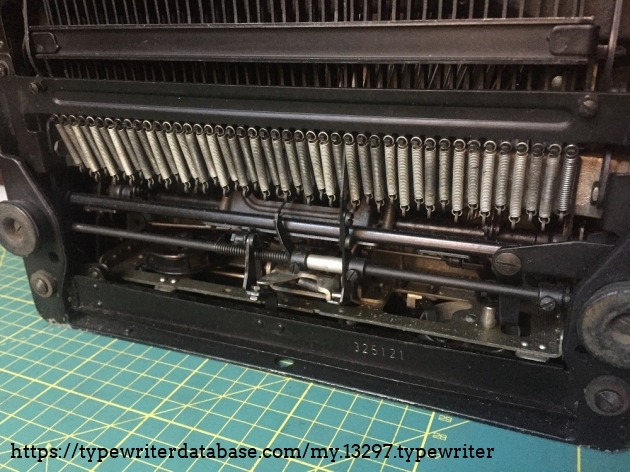
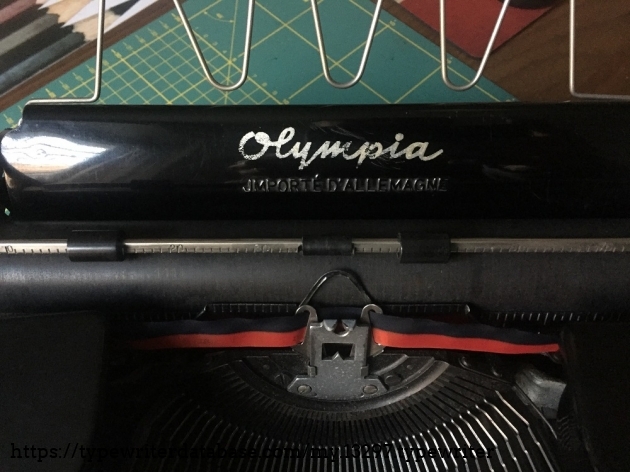
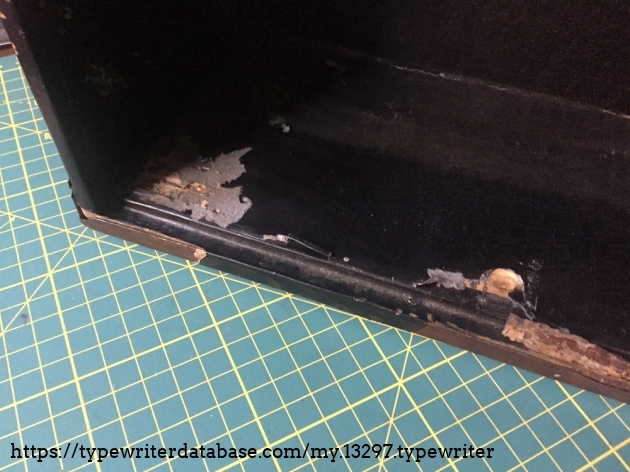
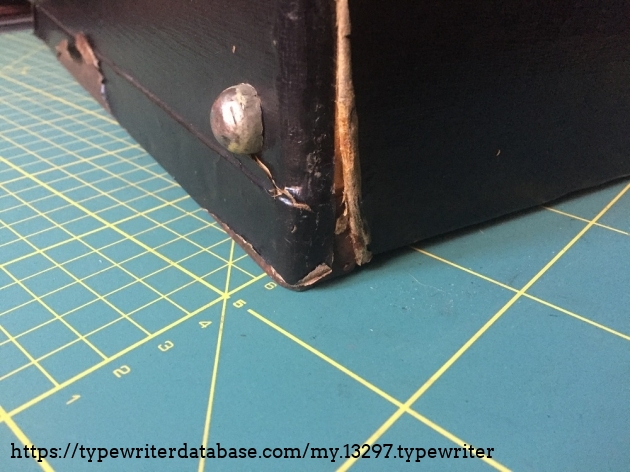
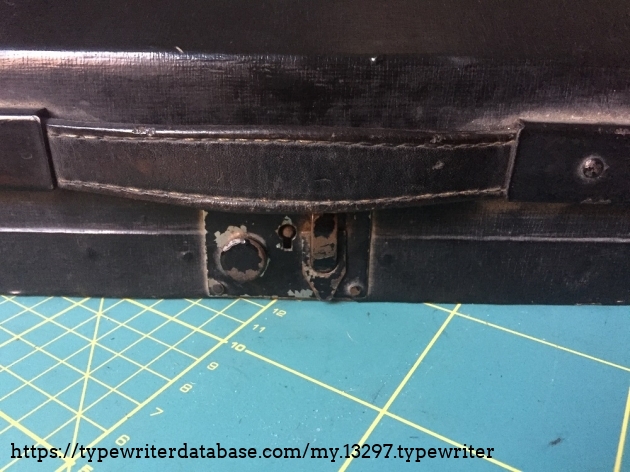
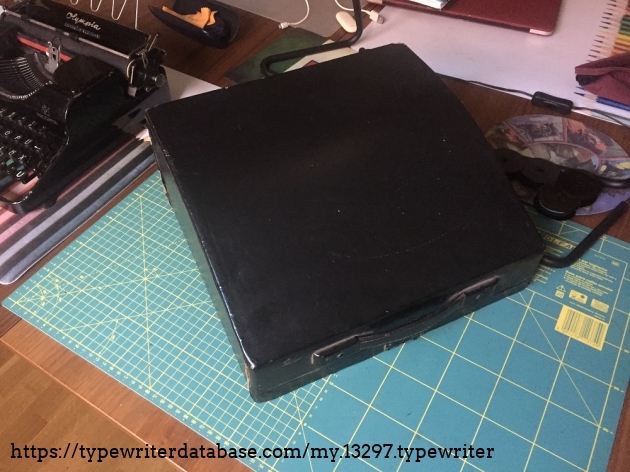
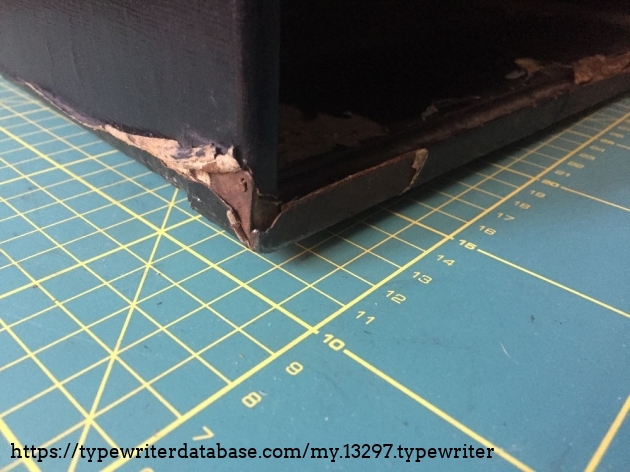
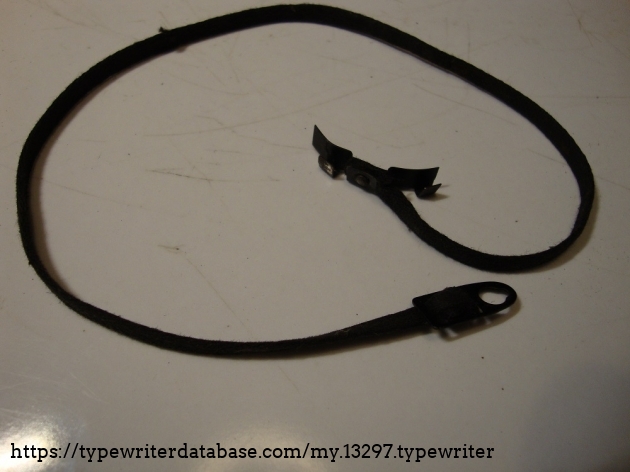
Hunter: Paolo Dal Chiele (pdcox)
Paolo Dal Chiele's Typewriter Galleries [ My Collection ] [ My Sightings ]

Status: Typewriter Hunter
Points: 3152
Interested in historic motoring and vintage cars, I received a typewriter as a bonus when I bought and old off-road car. The previous owner had found somewhere a typewriter produced for the German army and when he sold me the car he gave me the typewriter too. As I learned later, it was a1961 Olympia SM7 Robust..
Of the typewriters I value more character than perfection, the signs that time has left and the stories - or fragments of stories - of those who used them ...
RESEARCH NOTE: When researching the Olympia Progress on a computer with lots of screen real estate, you may find that launching the Olympia Serial Number page and the Olympia Progress By Model/Year/Serial page in new browser windows can give you interesting perspectives on changes throughout the model series.
